Affiliate links on Android Authority may earn us a commission. Learn more.
72 hours with the Mate 30 Pro: It’s growing on me
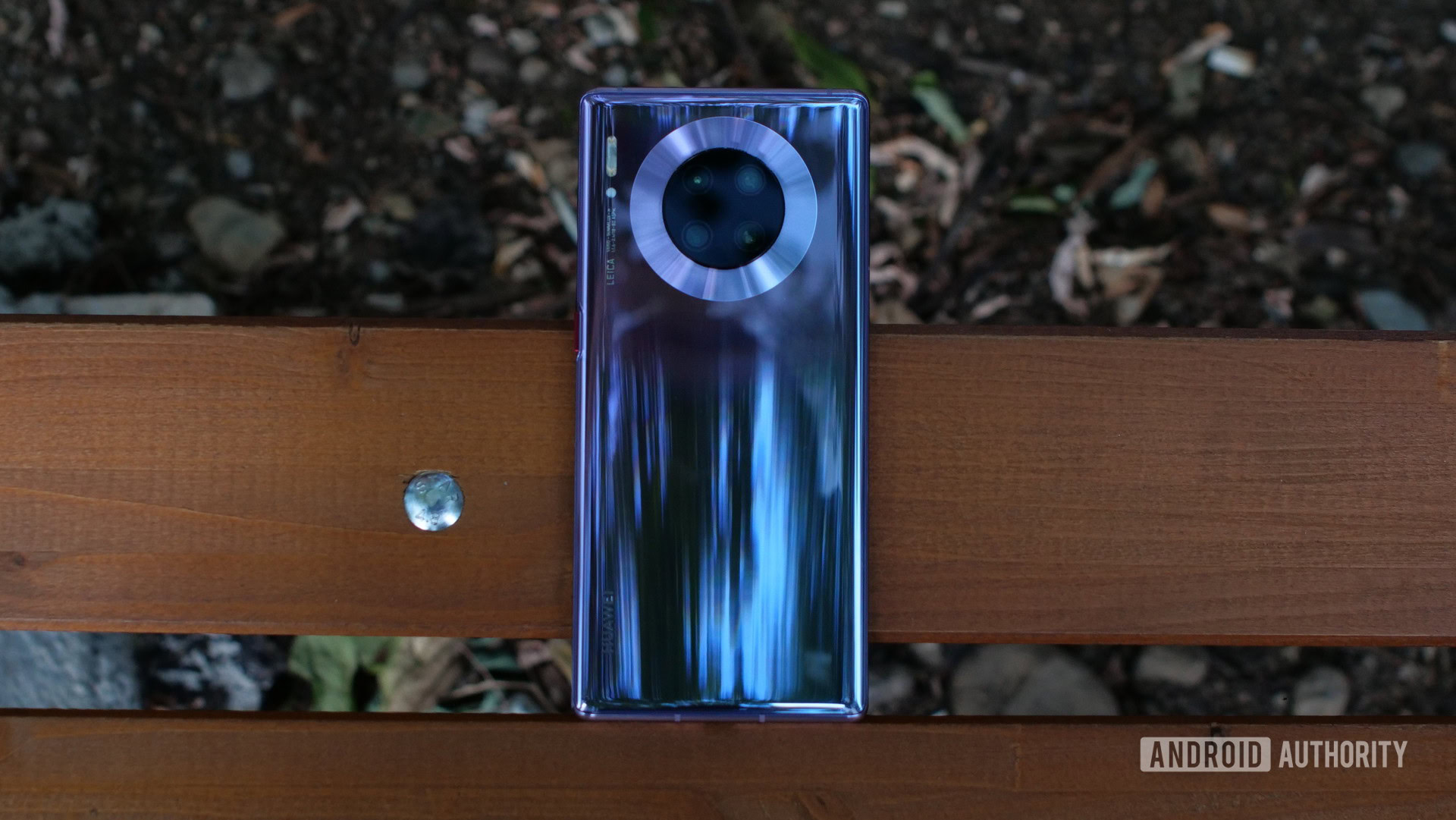
HUAWEI is having a bad time. You wouldn’t know it by looking at the Mate 30 Pro, a gleaming piece of kit that exudes luxury and cutting-edge tech. But then you unlock the phone and reality comes crashing in: there’s no Gmail on this thing, or YouTube, or Google Maps. Worse, there’s nothing HUAWEI can do to help. You’re supposed to find your own alternatives, hunt down APKs on third-party app stores, or resort to web apps.
The US ban has forced HUAWEI to do the unthinkable. This is a €1,100 smartphone without any of the apps that billions of people use every day.
Does the Google-less Mate 30 Pro have enough qualities to redeem itself? After spending three days with the phone, I have an answer.
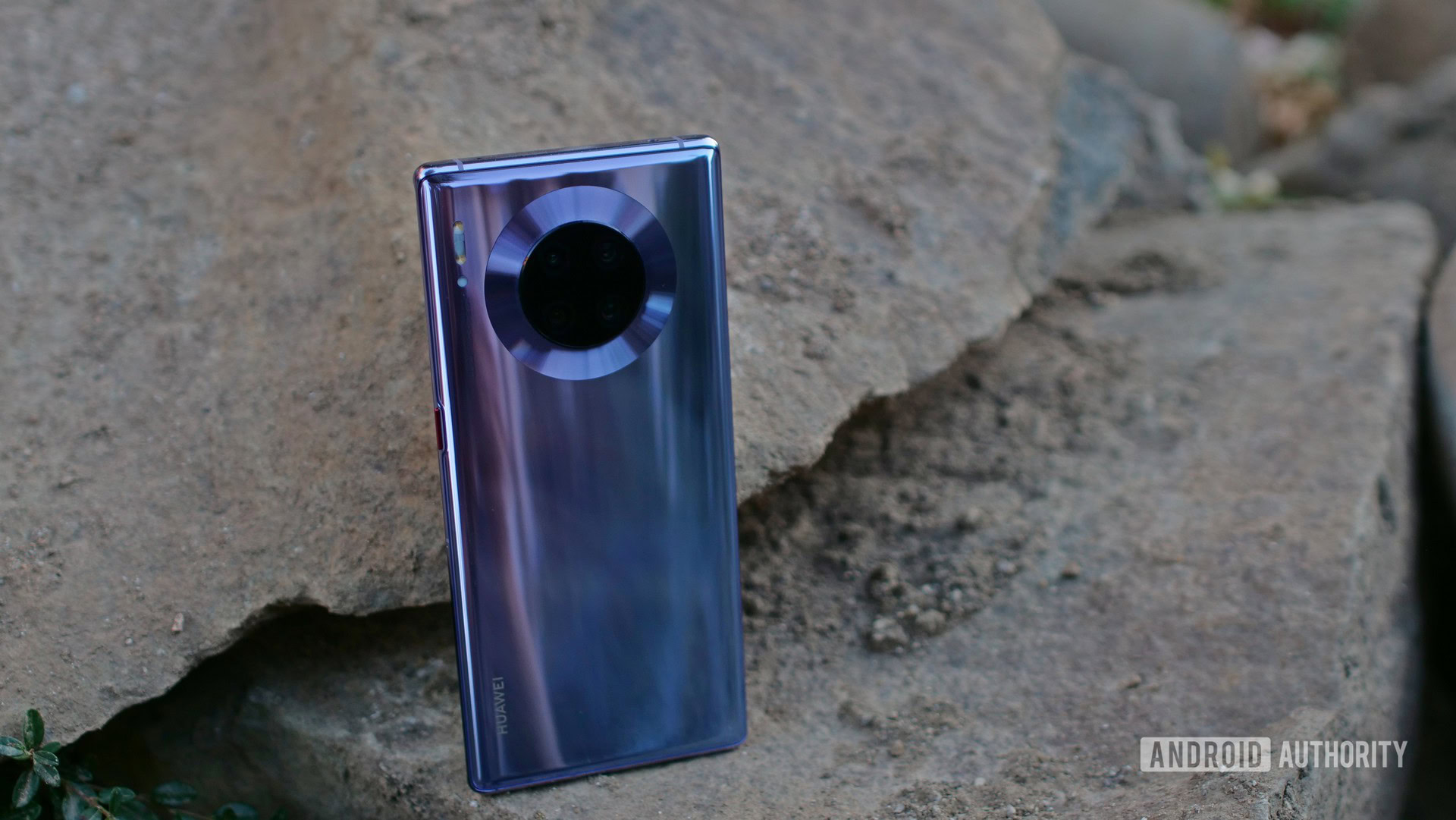
First contact
HUAWEI hopes to ride out the US sanctions by relying on its home market, where it currently has around 40% market share. The Mate 30 Pro will be released first there, though the company promised it would bring it to other markets from next month. Despite these promises, the review units we were handed out after the Munich launch were actually Chinese versions (model LIO-AL00). It’s also worth noting they were engineering samples, not production units.
Using the Chinese Mate 30 Pro makes for a confusing experience. The phone is preloaded with multiple Chinese apps, and I was only familiar with a handful of them. Even if you set the language to English, you still get some notifications in Chinese and the default keyboard had a Chinese typing layout. It took me some time to figure out how to download Firefox and then a keyboard app from APKMirror.
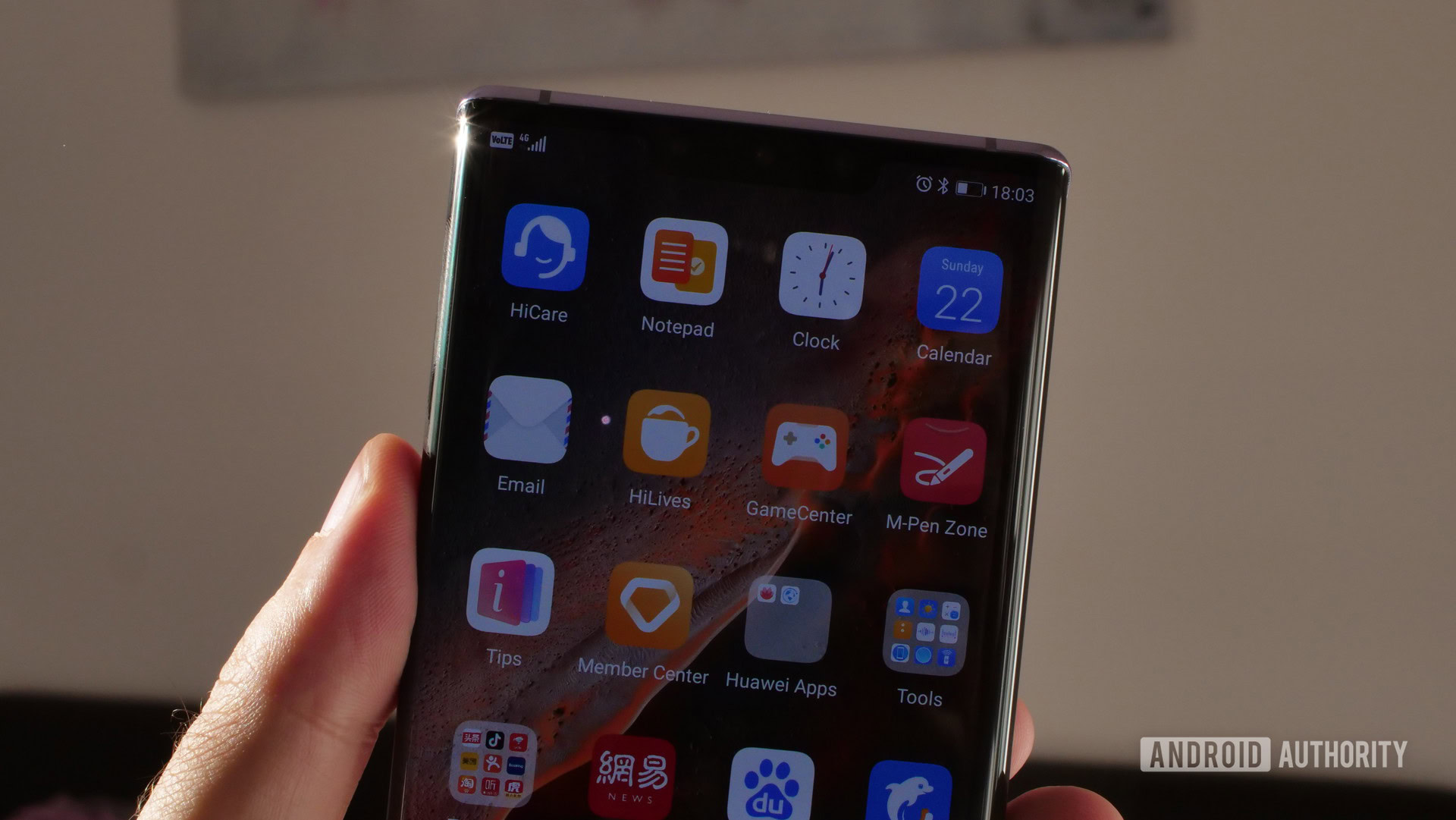
Next, I downloaded Slack (no problems!) and Gmail. Unfortunately, getting Gmail to work isn’t as simple as installing an APK file. The app simply wouldn’t launch for me. I decided to use the preinstalled email client instead. It’s basic, but it works with Gmail accounts and it gets the job done.
With these basics out of the way, I started using the Mate 30 Pro as I would normally use any Android phone. Could I really make it my daily driver without sideloading the Play Store?
The AppGallery is a bad experience
When I asked HUAWEI CEO Richard Yu if the company plans to preload any alternatives app stores on the Mate 30 Pro, he said users should try AppGallery, HUAWEI’s own app store.
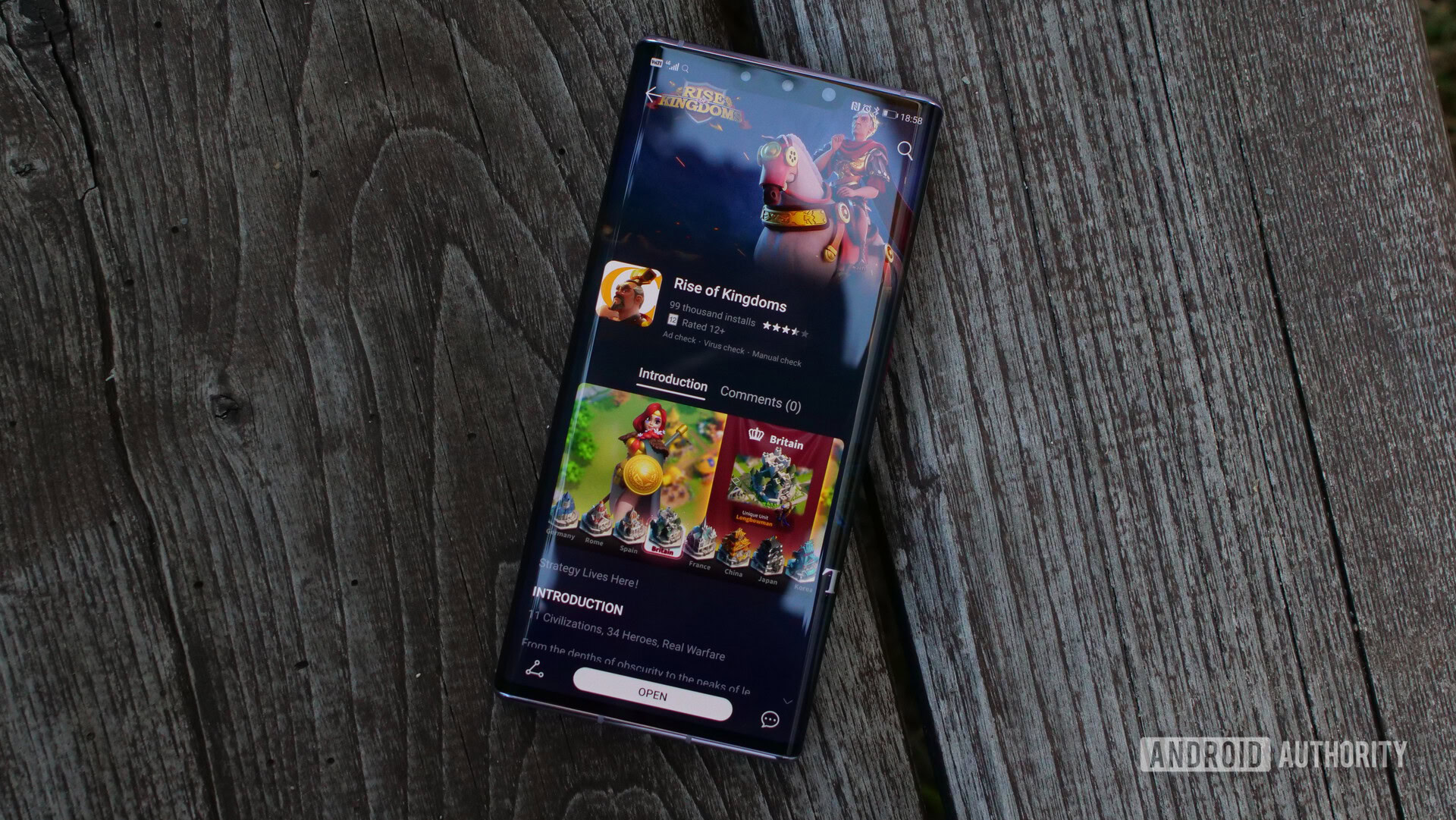
AppGallery currently has about 45,000 apps, which is less than 2% of what Google Play Store offers. I didn’t have any high expectations, but the selection and quality of the apps were still disappointing. There were only a few apps I would even recognize (not counting the many fakes and low-effort clones). There’s no WhatsApp, no Netflix, no Spotify, no Twitter, no decent navigation app, and definitely no Google apps.
Overall, HUAWEI’s own store is useless to customers outside of China. The company promised $1 billion in incentives for developers to bring more apps to its store, but so far there are no visible results.
The hardware is gorgeous
Let’s just assume you know your way around sideloading apps from third-party repositories, and the missing Play Store isn’t an issue. What is the Mate 30 Pro actually like to use?
The Mate 30 Pro is beautifully crafted, but for me it’s an acquired taste. I am not a fan of mirrorlike finishes and curved edges, and this phones has both in spades. I actually prefer the Mate 20 Pro’s styling better, though I suspect HUAWEI wanted a flashy new design to help the Mate 30 Pro stand out on store shelves.
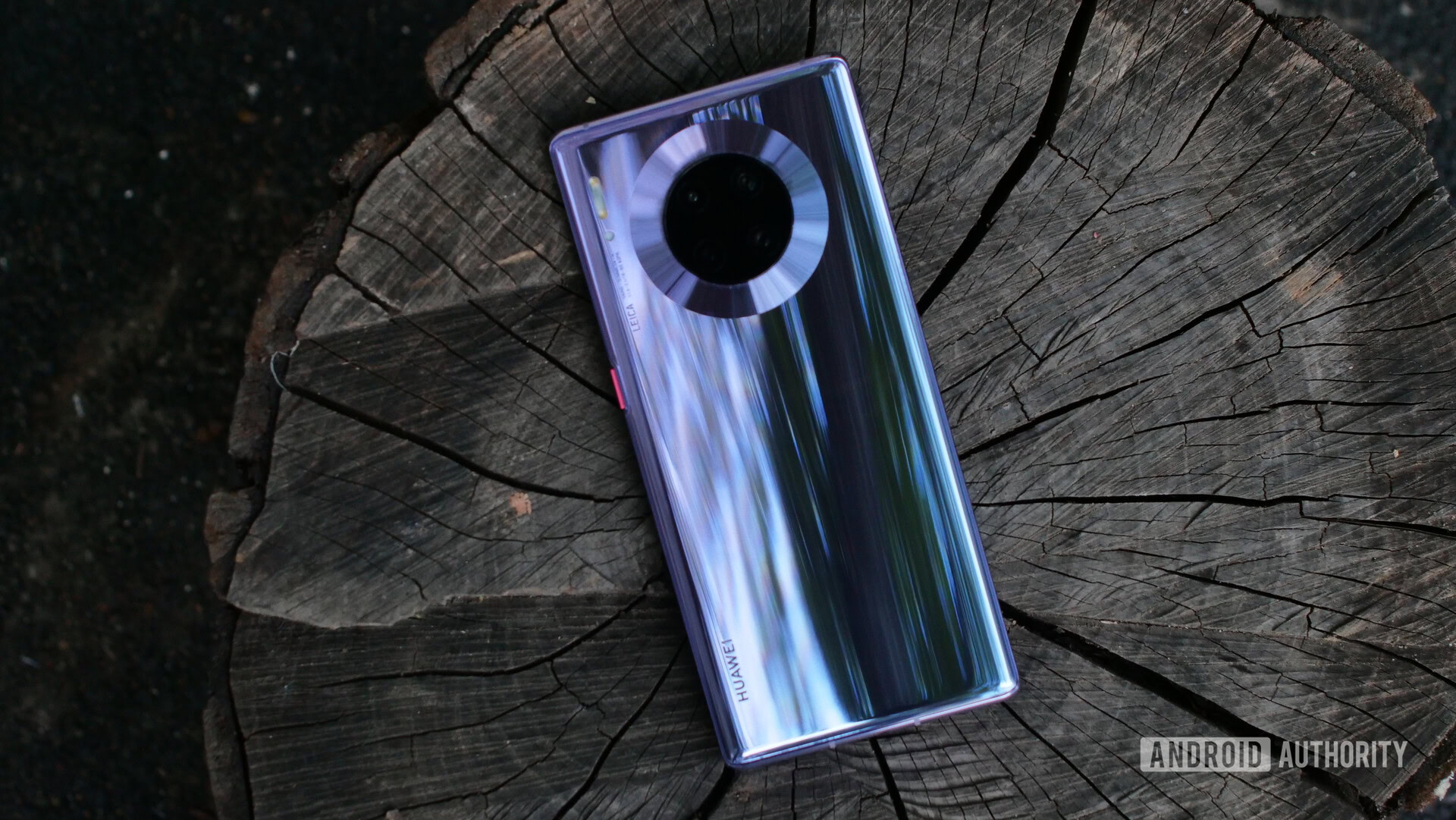
That said, over the three days I used the Mate 30 Pro I found myself enjoying it more and more. The screen is beautiful, and the curved edges make it seem there are no side bezels at all. The power button is narrow and almost hidden from view, but it’s not actually that hard to use.
I had some issues with the volume controls, which are now software based. Instead of physical volume buttons, you need to tap twice on the curved edge of the screen, right above the power button. I couldn’t get it to work reliably at first, because I was tapping the very edge of the glass – instead, tapping a little more inwards on the screen will do the trick. I still prefer volume buttons, and in some cases the double tap results in dangerous slips. The things we’ll do for bezel-less designs…
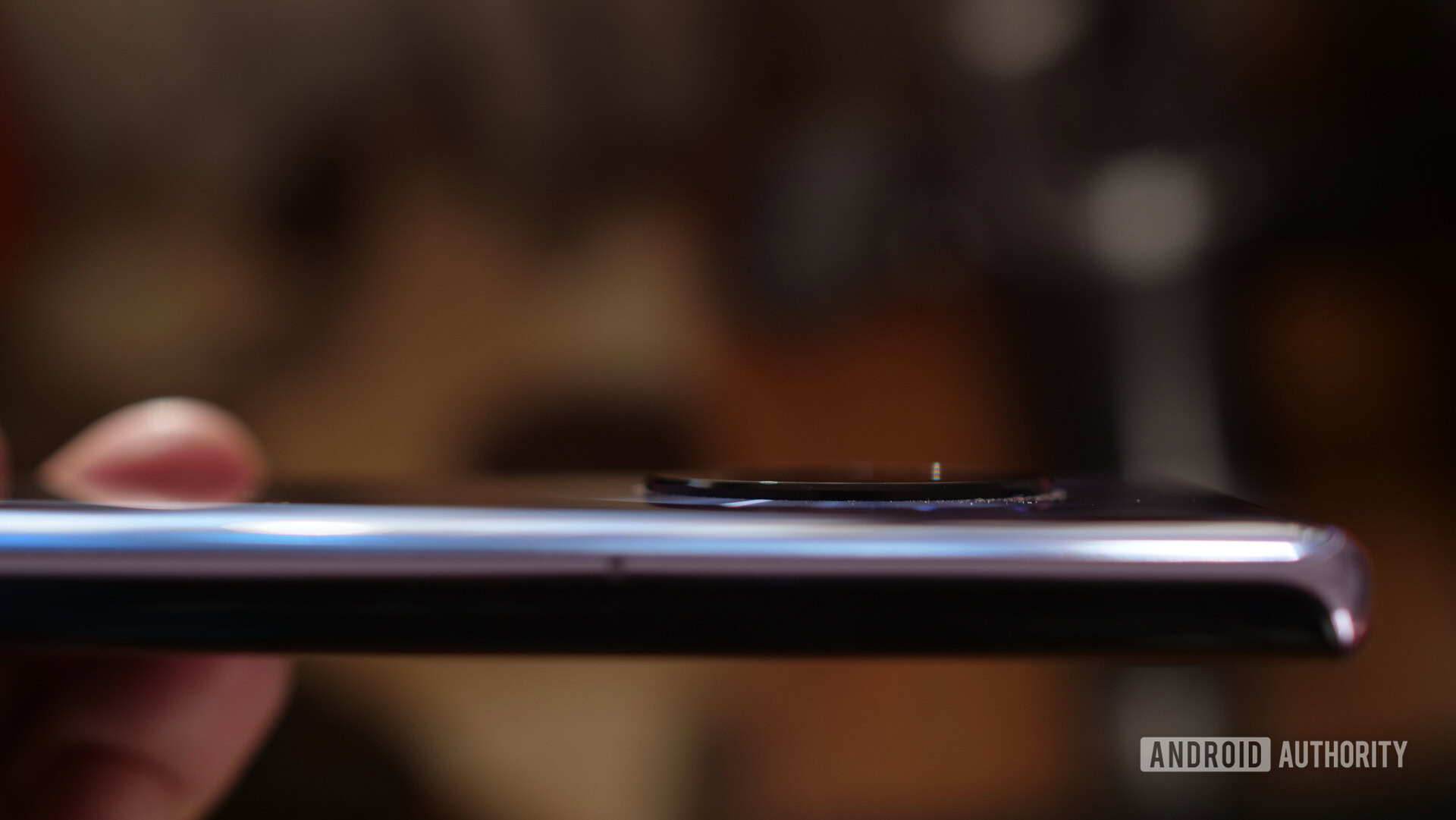
The notch is a bit narrower than last year, and it now houses a Time-of-Flight sensor for nicer bokeh effects. It still looks a bit dated, as, with the exception of Apple, the industry has moved away from large notches.
Overall, the Mate 30 Pro looks and feels like what a super premium flagship phone should. I still don’t dig the “halo” around the camera, and the curved edges are not worth the hassle, but the Mate 30 Pro definitely looks the part.
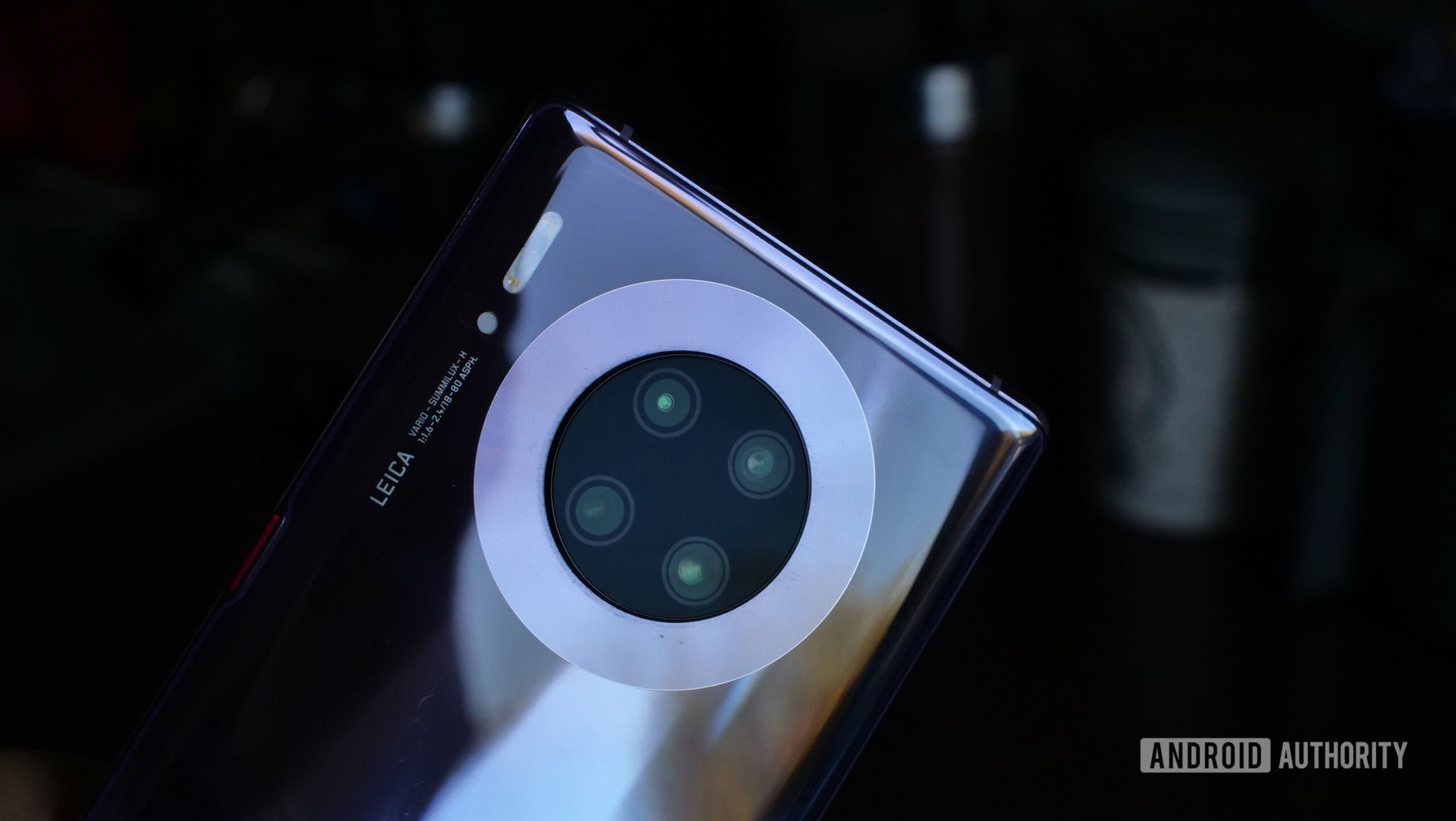

The camera is (sometimes) better than the P30 Pro
I won’t talk about performance, battery life and raw specs here – you can read that in the full Mate 30 Pro review coming soon. Let’s move on to the camera, the big deal on every smartphone these days.
My first impressions are positive. I compared the Mate 30 Pro’s camera system with both the Mate 20 Pro and this year’s P30 Pro, and so far, the Mate 30 Pro feels almost as good as the P30 Pro. Remember, the P series is supposed to be photography-focused, so the fact that the Mate 30 Pro can occasionally take better shots is impressive.
Focusing just on the comparison with the P30 Pro, I noticed the biggest changes in low-light and night shots. The Mate 30 Pro has better white balance, and images turned out more natural than the yellow-tinged P30 Pro shots.
The P30 Pro still has the upper hand when it comes to optical zoom – there’s no periscope system on the Mate 30 Pro. Some night shots also turned out cleaner on the P30 Pro.
Video is supposed to be a big deal on the Mate 30 Pro. The phone uses its 40MP wide angle camera for video, which features a large sensor for better low-light quality. I saw some improvements over the P30 Pro, though I need to further test it to really make an opinion on it.
I only tried the ultra-slow-motion function, which uses interpolation to achieve an incredible 7680fps frame rate. It’s definitely a cool trick, provided you have an interesting subject and plenty of light. I just struggled to find things that move fast enough to look good in ultra slo-mo. More about it in the review.
Up next: Re-Googling the Mate 30 Pro
After spending the weekend without access to many of the apps I normally use, I am ready to bring Google back into my life. There are a few things I could try in order to get the Google Mobile Services Core, the Play Store, and all the Google apps up and running on the Mate 30 Pro, and I will document the process in a separate post.
Google issue aside, my initial impressions of the Mate 30 Pro are positive. The phone is a true flagship that brings notable improvements in most areas. I am a bit mixed about the design, and it took me a few days to get used with the software, but I definitely see myself using the Mate 30 Pro as my daily driver. The question is, is the Mate 30 Pro worth the money? Stay tuned for more coverage.